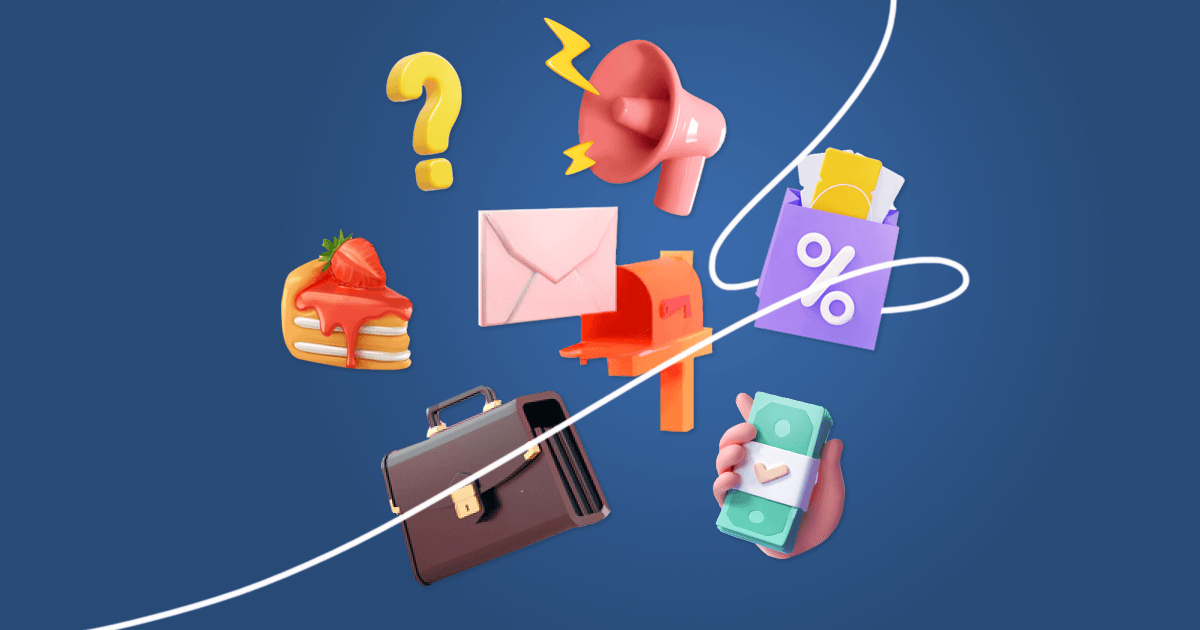The importance of using different email types
Did you know that in 2020, the number of global email users amounted to four billion and is set to grow to 4.6 billion users in 2025?
These statistics show that email marketing is one of the most powerful marketing tools you have to maintain your customer base and grow your business in e-commerce. So in order to build brand loyalty and reinforce engagement and the relationship between you and your customer, harness the full potential of email marketing by using different types of email.
When you are thinking about your email marketing strategy, the hardest thing to do is to find this “starting point” of research as there is a lot of information available nowadays. What is the first step, where can you begin collecting information to build your emailing strategy in order to successfully convert a lead into a client? It will be a good idea to familiarize yourself with different types of emails first, and we have good news — we prepared a full list of them, so you don’t spend time surfing around the web.
If you use a variety of email formats it keeps your audience engaged. Sending various sorts of emails can assist you in maintaining consistency and building long-term connections with existing and new clients.
























